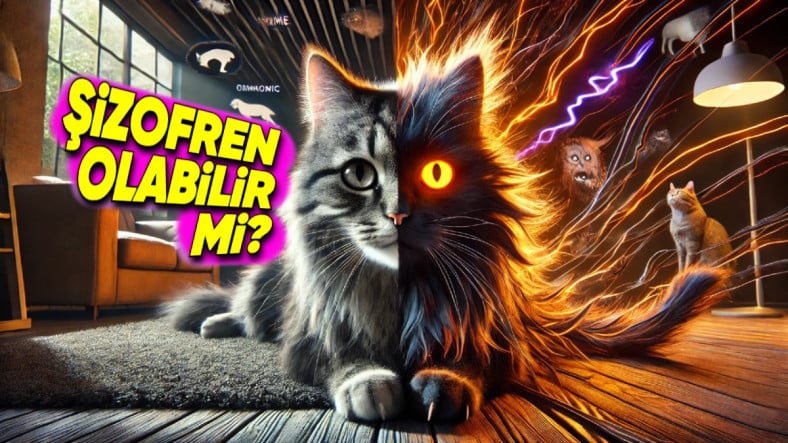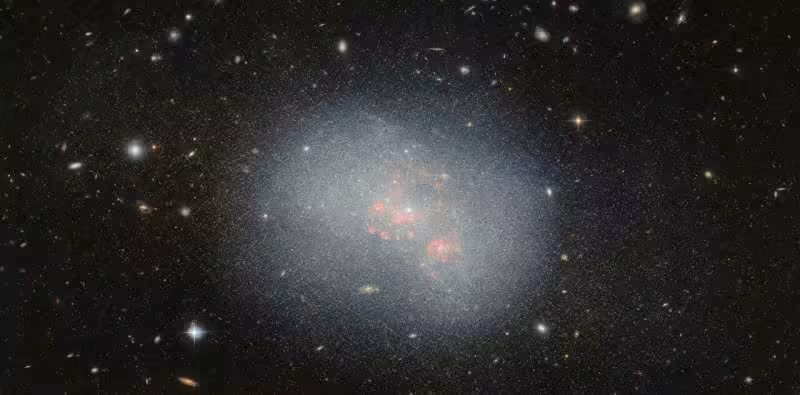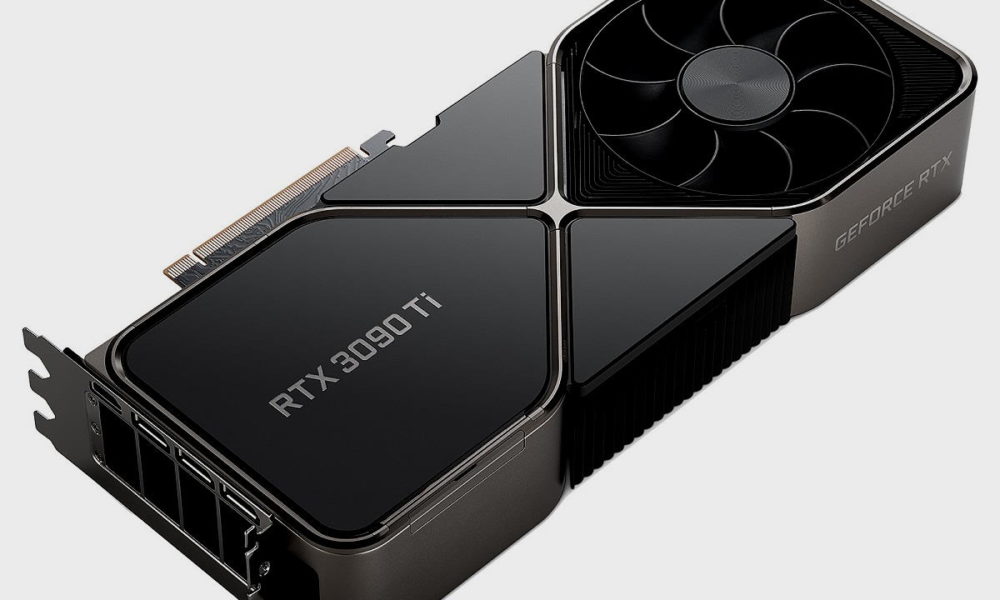This NASA/ESA Hubble Space Telescope image shows the dwarf irregular galaxy NGC 5238, located 14.5 million light-years from Earth in the constellation Ursa Major. Its uninteresting, blob-like appearance resembles a large star cluster rather than a classic galaxy image.
But its dim appearance belies its complex structure, which has been the subject of much research. As you can see in the image, Hubble can see the galaxy’s countless stars and associated globular clusters – bright spots filled with even more stars both inside and around the galaxy.
Astronomers suggest that NGC 5238 may have come into close contact with another galaxy billions of years ago. The distorted shape of NGC 5238 suggests this interaction. When the two galaxies interacted, gravity caused a distortion in the distribution of stars within each galaxy.
Since there is no nearby galaxy to cause this disturbance, astronomers believe that NGC 5238 has absorbed a smaller companion galaxy. With Hubble’s excellent resolution, astronomers are looking for signs of a swallowing galaxy by examining NGC 5238’s stellar population. One sign of a smaller galaxy could be groups of stars whose properties are different from most of the other stars in NGC 5238, suggesting that they first formed in a separate galaxy. Another sign could be a sudden burst of star formation during the merger of the two galaxies. The Hubble data used to create this image will help astronomers date NGC 5238.
Despite their small size and striking appearance, dwarf galaxies like NGC 5238 are not unusual in our understanding of galaxy formation and evolution. One of the main theories of galaxy evolution is that galaxies form “bottom up” in a hierarchical order: star clusters and small galaxies are the first to form from gas and dark matter.
Over time, gravity gradually gathered these smaller objects into galaxy clusters and superclusters, which explains the shape of the largest structures we see in the universe today. A dwarf irregular galaxy like NGC 5238 merging with a smaller companion is the kind of event that could have initiated the process of galaxy mergers in the early universe. Hubble’s observations of tiny NGC 5238 could help test some of our most fundamental ideas about how the universe evolved.













